Ostrich OSTR
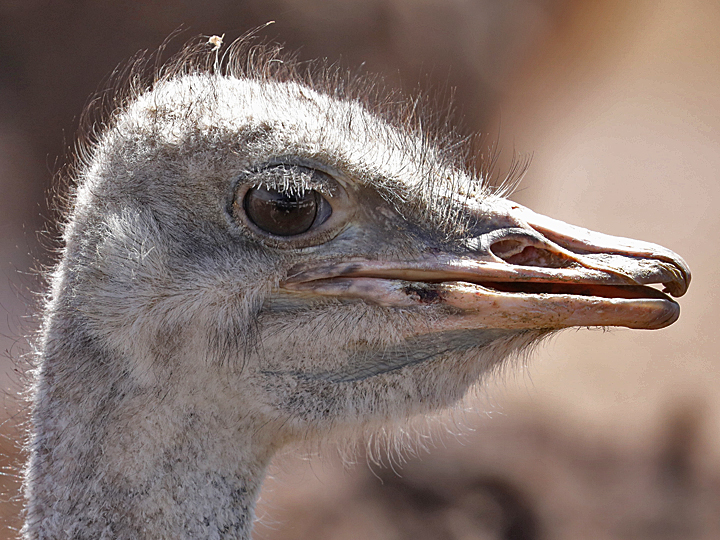
Ostrich OSTR
Ostrich OSTR
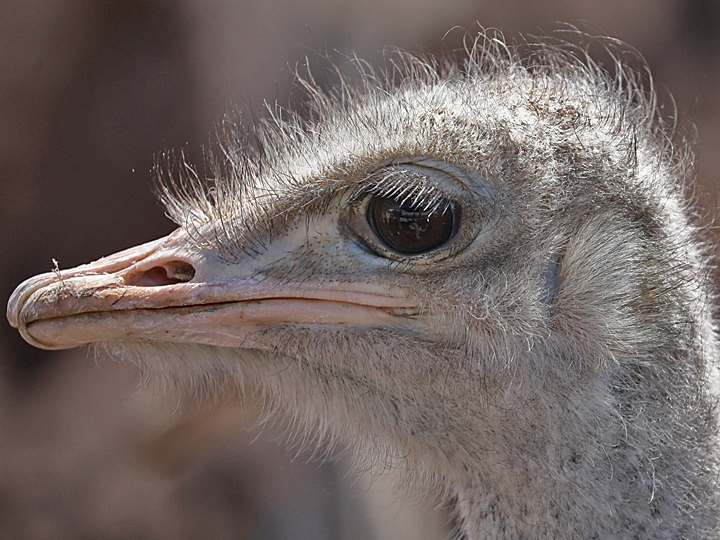
Ostrich OSTR
Ostrich OSTR feather map
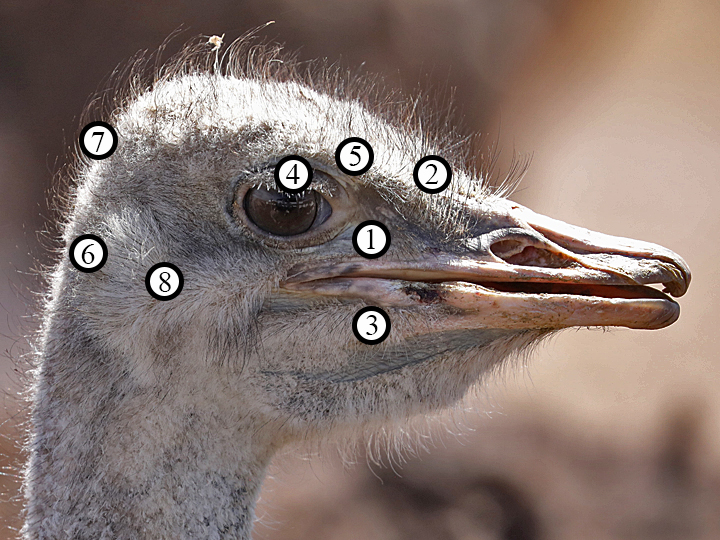
Ostrich OSTR feather map
Ostrich OSTR feathergram

Ostrich OSTR feathergram
Ostrich OSTR meatus
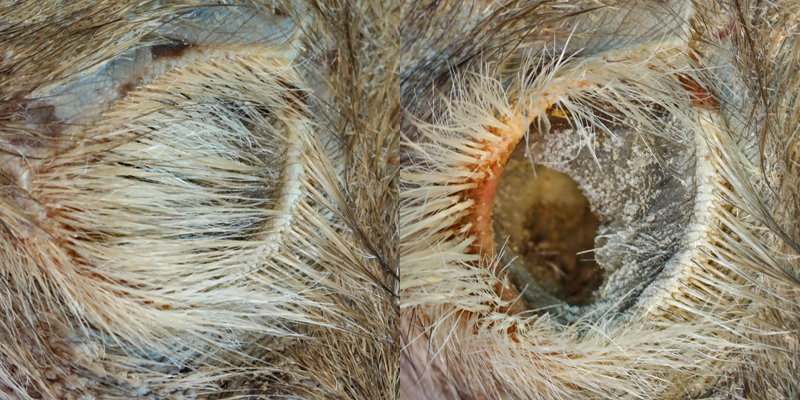
Ostrich OSTR meatus
Ostrich OSTR
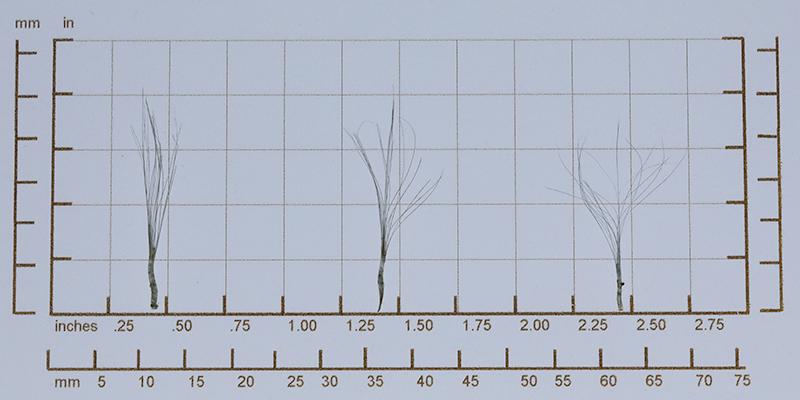
Ostrich OSTR graph
Ostrich OSTR
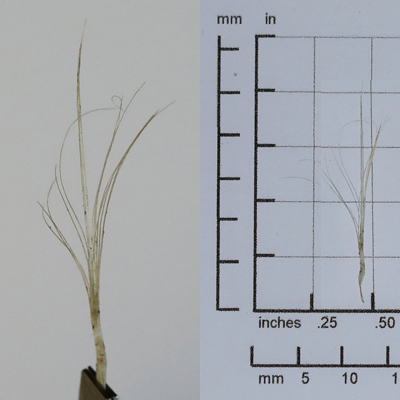
Ostrich OSTR auricular
Ostrich OSTR
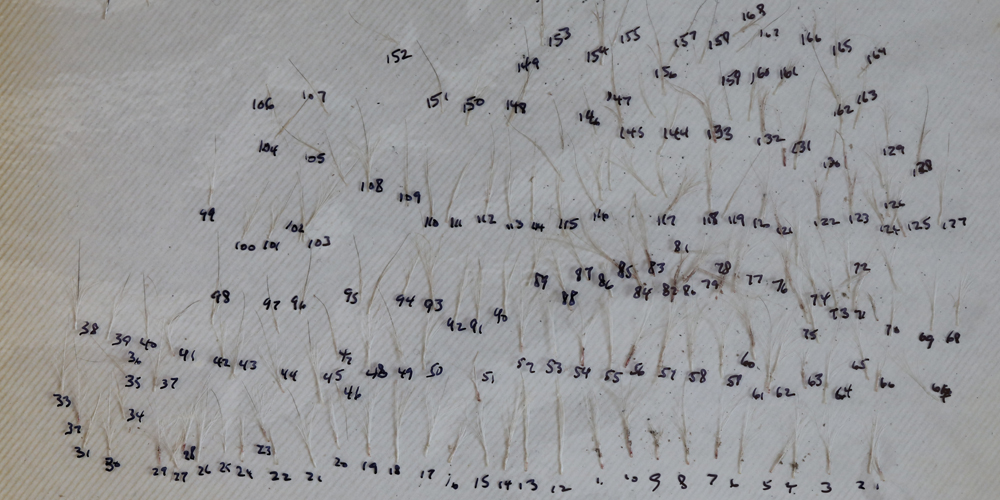
Ostrich OSTR plucked auriculares
Ostrich OSTR
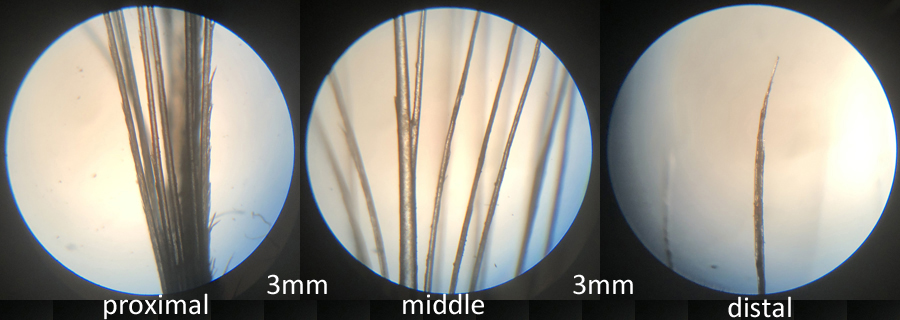
Ostrich OSTR microscopy of auricular
Ostrich OSTR

Ostrich OSTR microscopy of bristle
Ostrich OSTR
